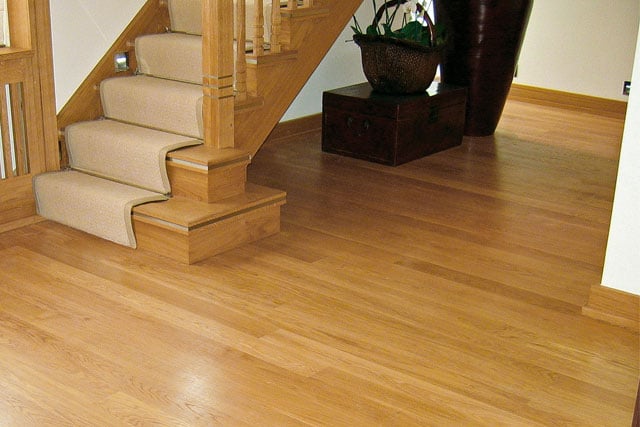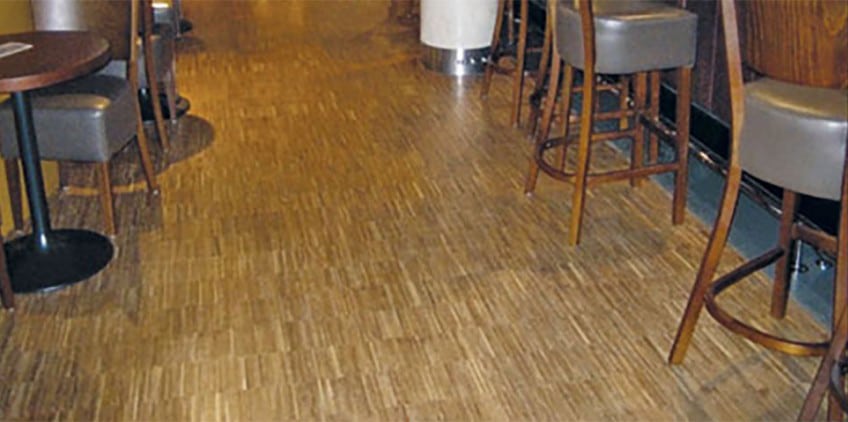When you’ve invested in a brand new real wood floor, you’re understandably going to want to protect your investment and keep your floor looking just as good as the day it was laid for years to come.
Real wood floors can be damaged if proper care is not taken to protect them from environmental threats and daily wear and tear. For this reason, it’s essential you take a few steps to maintain your floor. Simply following these four tips will help to keep your floor in the very best condition.
1. Protection from furniture
One threat to real wood flooring that’s often overlooked is the potential damage caused by furniture. Children jumping onto chairs and settees or simply moving the furniture can cause scuffs and scratches to the floor.
One simple way to protect your real wood floors from this damage is to buy the felt furniture tips available at most home improvement stores. These tips have a built-in, non-damaging adhesive so they can be easily stuck to the furniture legs to create a cushion between them and the floor.
2. Avoiding direct sunlight
Another threat to the condition of real wood floors is the potential damage caused by direct sunlight. Exposure to sunlight will be unavoidable in some parts of the house, but care should be taken to make sure no area of the floor receives too much direct sunlight as it can cause fading and discolouration.
The simplest way to protect against this threat is to make sure curtains and blinds are closed whenever you leave the house for an extended period of time or on particularly sunny days. Alternatively, mats and rugs could be used to protect exposed areas of flooring. A UV coating could also be applied to the windows to provide additional protection.
3. Apply maintenance oils
In areas of heavy use, it’s inevitable that your real wood floor will start to show some signs of wear over time. However, even at this stage, it is still possible to breathe new life into your flooring. Maintenance oils are designed for the quick and easy regeneration and refreshment of oiled wood floors. Once applied, they soak into the wood to provide long lasting protection.
Applying the maintenance oil is simple:
- Firstly, clean the floor thoroughly to make sure any dirt or dust is removed. You should also allow the floor to dry before applying the oil.
- Next, shake the oil well before use and make sure the area is well ventilated before it’s applied.
- Depending on the brand of oil you buy, it can be applied with a microfiber brush, applicator brush or just a cotton cloth.
- The oil should be applied in a fine coat in the direction of the grain of the wood. You should not apply the oil too thickly as you will be left with an uneven looking floor.
- If you are left with an uneven sheen, the oil can be polished during application with a cotton cloth or a polishing machine until the desired finish is achieved.
4. Clean stains quickly and remove standing water
Spillages are a fact of life. However, if dealt with quickly, even dreaded red wine stains can be easily removed. The key is not to use too much water, as the wood will soak up the water and swell. For the same reason, any standing water should be mopped up quickly. If you have a stain that has dried then you may need to sand the floor, although this video could provide a less time-consuming alternative.
Want to know more about the suitability of real wood floors for your home? Please get in touch to discuss your requirements with our team.





